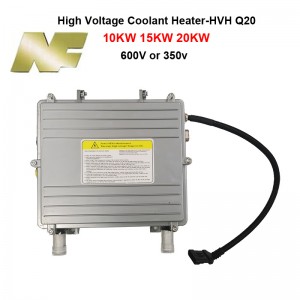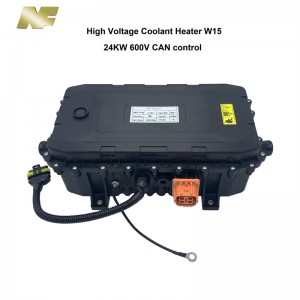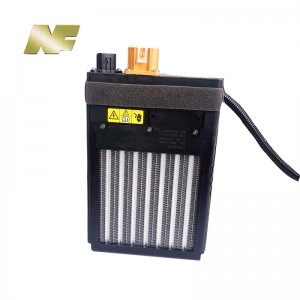1. Let's first explain what is a thermal management system and what is a good thermal management system.
From the user's point of view, the main role of the thermal management system in the era of electric vehicles is reflected in one inside and one outside. The interior is to keep the temperature inside the car warm in winter and cool in summer, such as heating the seats and steering wheel, or turning on the air conditioner in advance, etc. - in the process of quickly adjusting the temperature of the cabin, how long does it take to reach the specified temperature, how much energy is consumed, and how Balance is the key; externally, it is necessary to ensure that the battery is at a temperature suitable for working—neither too hot, it will cause thermal runaway and fire; nor too cold, when the battery temperature is too low, the energy release will be blocked, and the impact on actual use is battery life Mileage dropped significantly.
Thermal management will be more important in winter, because preventing thermal runaway has been fully considered in battery design, but in winter, how to spend less energy to keep the battery at the best working temperature is the focus of thermal management. question.
It can be seen that the thermal management system of electric vehicles is not only the air conditioning system of fuel vehicles, but also needs to do some in-depth iterations on this basis, and it must be coordinated and optimized together with the electrical and electronic architecture, powertrain, braking system, etc. , Therefore, there are many ways and exquisiteness in it.
2. How to conduct thermal management
Traditional method: PTC heating
In the traditional design, in order to provide a heat source for the passenger compartment and the battery, the electric vehicle will be equipped with an additional heat source component PTC. PTC refers to positive temperature coefficient thermistor, the resistance and temperature of this part are positively correlated. In other words, when the ambient temperature decreases, the resistance of the PTC will also decrease. In this way, when the current is energized at a constant voltage, the resistance becomes smaller and the current increases, and the calorific value of the energization will increase accordingly, which has the effect of heating.
There are two options for PTC heating, water heating(PTC coolant heater) and air heating(PTC air heater). The difference between the two is that the heating medium is different. Plumbing heating uses PTC to heat the coolant, and then exchanges heat with the radiator; air heating uses cold air to directly exchange heat with PTC, and finally blows out warm air.




3. The development direction of thermal management technology
How can we make a breakthrough in the follow-up thermal management technology?
Because the essence of thermal management(HVCH) is to balance the cabin temperature and battery energy consumption, the development direction of thermal management technology still needs to focus on "thermal coupling" technology. Simply put, it is a comprehensive consideration at the vehicle level and overall situation: how to integrate and utilize energy coupling, Including: the utilization of energy gradients, and the transfer of energy to the required location through the structural integration of system components and the integrated control of the system center; in addition, intelligent control based on intelligent architecture is also possible.
Post time: Apr-11-2023




